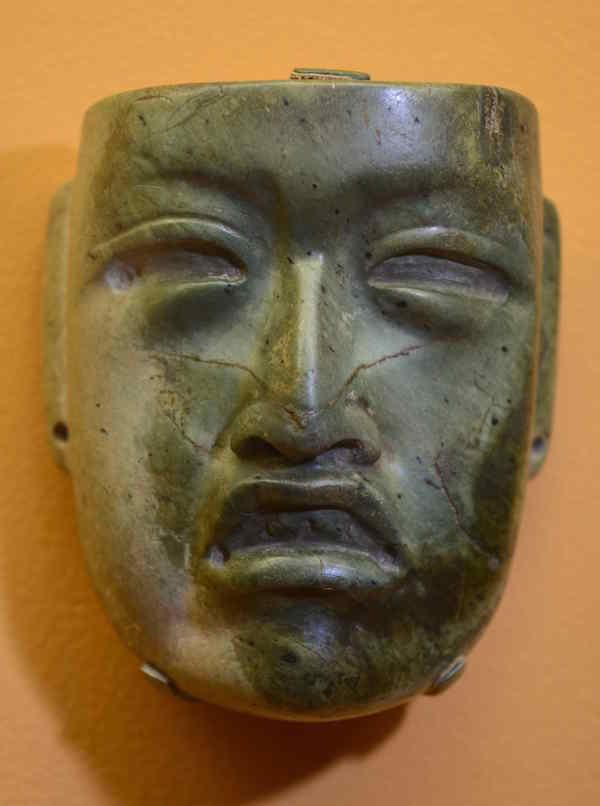Over the past several months, our team from Night Fire Films has been working with Michelle Rich and Julia Burtenshaw, postdoctoral curatorial fellows in the Art of the Ancient Americas department at LACMA, to perform new high-resolution photography of Mesoamerican objects in the museum’s collection for our digital animation exhibition The Forms: Four Worlds.
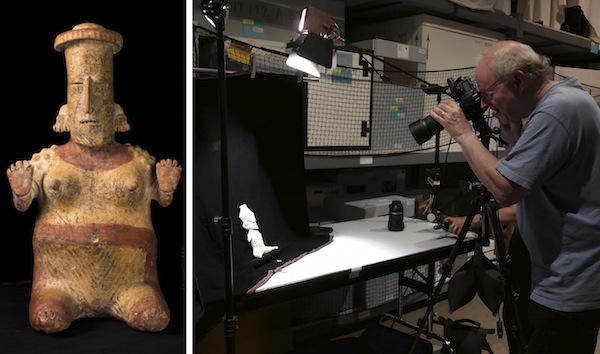
Our work at LACMA has focused on the extensive collections of figurines and figural pieces from Mexico, particularly from the ancient cultures of the Mexican states of Colima, Jalisco, Nayarit, and Veracruz, and from the valley of Mexico (particularly Tlatilco). We have photographed in the galleries at LACMA and have been especially fortunate to work in storage, photographing nearly 100 amazing objects that are not currently on view.
In addition to using these 32-megapixel photographs to create animations for our Four Worlds project, we provided these images to LACMA to share with researchers, students, and the general public. LACMA’s collections online gives viewers the ability to explore in detail thousands of objects. We hope our work will enhance these offerings.
Night Fire has had a long involvement with ancient art. We have produced the documentary films Breaking the Maya Code and Out of the Maya Tombs (formerly titled Dance of the Maize God), which is screening at LACMA on September 9, 2017 as part of the programming for the Ancient Bodies: Archaeological Perspectives on Mesoamerican Figurines exhibition.
Our current project, The Forms: Four Worlds, is an immersive digital museum exhibition, an orchestrated set of 80 animations that trace the evolution of human image and symbol making from the Lower Paleolithic period through the late Middle Ages, spanning four major culture areas: Mesoamerica, Europe, the Middle East, and South Asia.
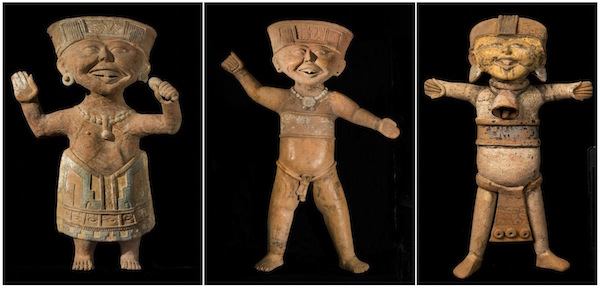
To create each animation, we photograph dozens of examples of a given motif or artifact type, using consistent angles and consistent lighting. These photographs are then arranged into a series, precisely aligned and animated through techniques ranging from slow, meditative morphing to rapid cascades of images.
We began this project in 2009 and have photographed ancient objects at over 200 locations in Greece, France, India, Canada, the British Isles, Germany, Hungary, Iran, Mexico, Guatemala, and across the U.S. Over 30,000 images are organized into a database and classified using more than 800 keywords, allowing advanced searches by time period, culture, location, material, subject, and other criteria. This database has been made available for researchers and will be a rich component of The Forms: Four Worlds exhibition.
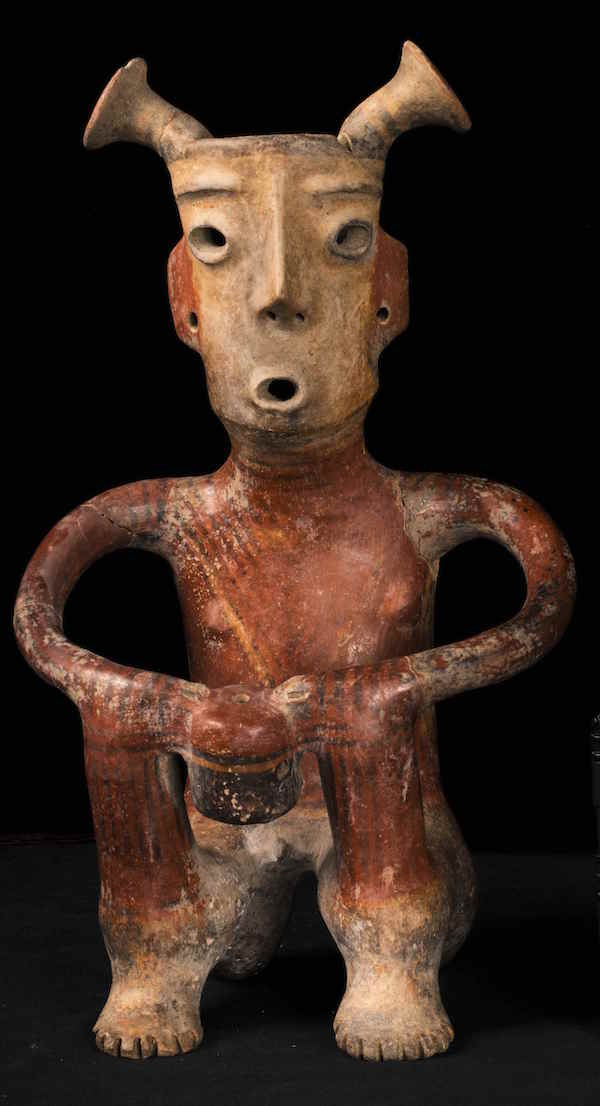
The techniques of lighting ancient carved and molded figurines are not unlike those for lighting live human figures in Hollywood films. The positions of the various lights endow the figurines with a living quality and emphasize the beauty of features, characters, and gesture. We ensure that important iconographic elements are well lit and do not disappear into shadow. Because of the intricate lighting and high-resolution camera, we are able to get incredibly close up and see colors and details that are not always apparent to the naked eye. Small-scale figurines can seem larger than life.
Ultimately The Forms: Four Worlds will be a digital “dream museum” in which art forms of the ancient world come to life, permitting the visitor to experience their power and explore similarities and differences of artistry and culture, across time and space. A dozen figurine types from different cultures will be presented in animations, each figurine type featuring a highly distinctive way of portraying form—from nearly abstract to anatomically detailed. The stunning Mesoamerican figurines we photographed at LACMA will provide provocative juxtapositions and will help show the diversity of human artistic expression.
In May, visiting researcher Catharina E. Santasilia wrote about the animation we are creating for an upcoming exhibition at the Riverside Art Museum that will include Tlatilco figurines from LACMA’s permanent collection.
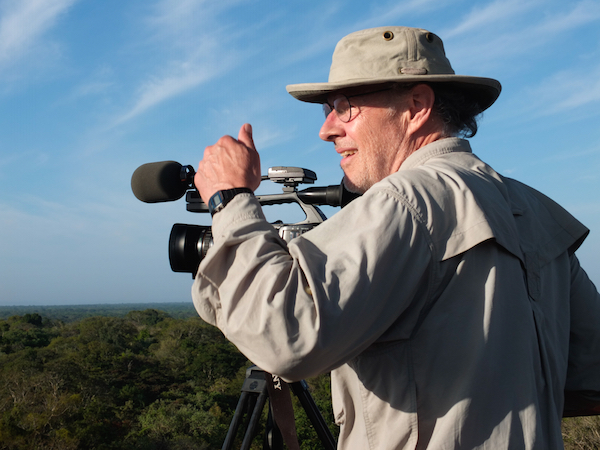
For over four decades, David Lebrun has been making documentary and animated films that explore art, religion, anthropology, and the history of science. These include the feature documentaries Proteus (premiered at Sundance in 2004), Breaking the Maya Code (PBS/Nova in 2008), and Out of the Maya Tombs/Dance of the Maize God (to be released by Documentary Educational Resources in Fall 2017), as well as films on the Mazatec Indians of Oaxaca, a 1960s traveling commune, and Tibetan mythology. Over the years, Lebrun has worked with LACMA on several projects. He first photographed at the museum in the late 1960s, documenting a retrospective of the work of his father, painter Rico Lebrun, and directed a commercial for the 1970 blockbuster LACMA exhibition The Cubist Epoch.



